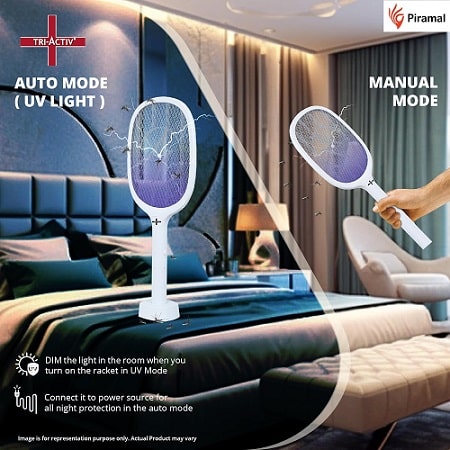No matter how rewarding photographing a conference is, it is also laborious and requires a combination of technical know-how, quick reflexes, and an eye for storytelling. Unlike set shoots and photo booths, conferences offer unpredictable environments where everything from the light to the movement and angles shifts in a snap. Capturing the energy of the speakers, participants, and general atmosphere requires much more than a good camera. Here are 5 tips to enable you to improve your conference photos:
Master the Venue Before the Event
With preparation, the ironing begins a long time before the keynote speaker takes the stage. Get there early so that you can survey the venue, check lighting conditions, and identify key areas for capturing the happenings. Try to locate areas with copious natural light, also take note of where artificial light might cause shadows or highlights. Knowing the orientation of the venue helps in anticipating moments and arriving at the best shooting angle without bringing the event to a halt. Then, get to know the breakout sessions, networking lounges, and keynote stage, so that nothing will come in your way of not being able to capture incredible shots throughout the day.
Focus on Storytelling, Not Just Speakers
Keynotes and panels are important, but the essence of the conference lies in candid interaction. So go ahead and capture the entire lot: exuberant greetings, deep talk over coffee, and that impending excitement during workshops. These spontaneous moments capture the conference’s true spirit and are important and very valuable things that organizers will use to market the next conference. Movement and variety in your shots will catch that interesting story through your images. Frame wide shots of crowded rooms, medium shots of people engaged in conversations, and close-ups of thinking faces.
Know When to Turn to the Experts
Some conferences, particularly those that involve VIP speakers, company-critical announcements, and critical branding objectives, might find themselves requiring a certain degree of sophistication and experience. In such situations, it is wise to establish when your current skills have met their expiration. Invest in professional conference photography if the event’s success heavily relies on capturing high-quality imagery for marketing, media relations, or archival purposes. It’s not just about documenting the key moments with the best hands on board, but also about picking up some insights from the industry experts to hone your own skills over time as well.
Equip Yourself with Versatile Gear
The equipment selection contrasts with your ability to adapt in a dynamic conference setting. A good full-frame DSLR or mirrorless camera with a fast zoom lens – anything like a 24-70mm f/2.8 – gives one flexibility in keynoting from afar while mingling with crowds in close-up. Always carry around spare memory cards and batteries, even a lightweight prime lens, in case shooting opens where the light is low. Additionally, maybe a low-key camera bag would help you slip through sessions without attracting attention to itself. Good gear is sometimes important, but it must enhance your agility and adaptiveness instead of hindering them.
Edit Thoughtfully to Elevate Your Work
Post-processing is where good images become great ones. Take your time so that you are descended upon by the best versions that speak to an intelligible sequence of events rather than flooding your poor clients with hundreds of more versions doing pretty much the same thing. Be good at the general things, such as dodging, burning, leveling exposures, color balancing, and maintaining the overall consistency of the whole lot in a gallery. Stay away from those horrid filters that will imperil the natural look of the conference. When you just do fantastic and clean edits that are courteous to the spirit of the event, then the work will be a super-hit to showcase your professionalism, with clients interested in warm yet very down-to-earth imagery instead of an ultra-styled one.
In conclusion, event photography is a highly demanding, fast-paced field where preparation, fresh creativity, and a keen insight into human behavior pay off. In all instances, you would be substantially upping the stakes with your creative output. As the scale and sophistication of conferences expand further, the above abilities will ensure you deliver superlative results that give joy to the organizers and attendees alike.

